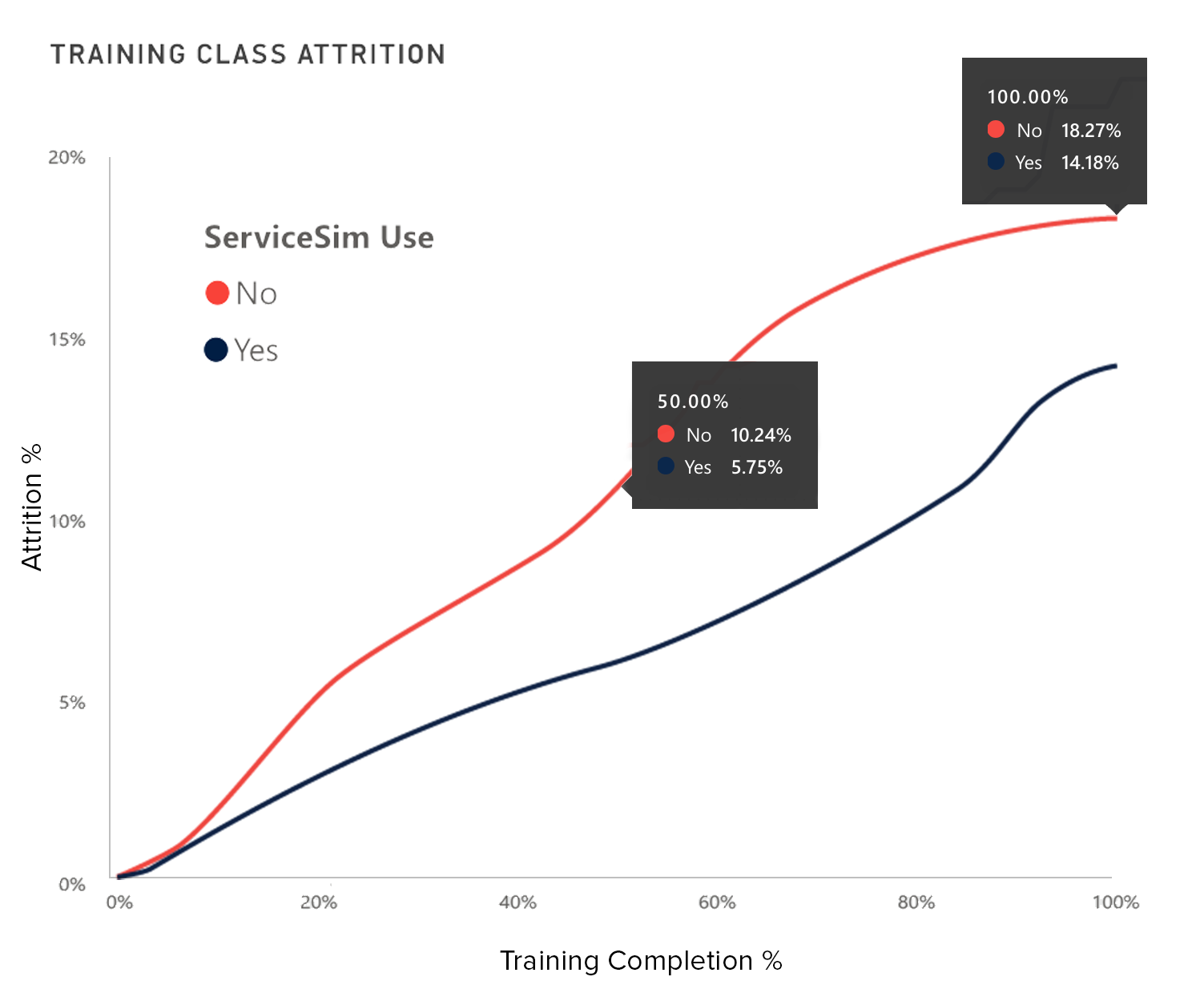With the proliferation of artificial intelligence (AI), contact center managers and customer experience professionals have raced to incorporate AI into contact center operations in an attempt to realize cost savings. The promise of AI to revolutionize customer service with minimal human intervention is enticing, but the road to successful implementation is often fraught with pitfalls. Recent incidents, such as the missteps of an AI chatbot deployed by Air Canada, have underscored the complexities and risks involved in leveraging AI in customer-facing roles.
The journey towards AI integration requires a strategic approach that acknowledges the potential pitfalls while maximizing the benefits. That’s where this “Roadmap to Successful AI Implementations in the Contact Center” comes in. This comprehensive guide provides a step-by-step blueprint for organizations looking to harness the power of AI while mitigating risks and ensuring a smooth transition for employees and customers alike.
Why You Need this Guide
The roadmap outlined in this content piece is designed to address the challenges and concerns that often accompany AI implementations in contact centers. By following this strategic blueprint, your organization can:
- Safeguard Against Public Failures: Learn from past incidents and avoid common pitfalls that can lead to embarrassing and widely-publicized failures.
- Mitigate Risks: Implement AI in a gradual and controlled manner, minimizing the potential for disruption to customer service.
- Smooth the Learning Curve: Provide your employees with the tools and guidance they need to embrace AI technology effectively and confidently.
The Step-by-Step Approach
The roadmap lays out a methodical approach to AI integration, divided into four key steps:
- Implement an AI tool that isn’t Customer-facing: Begin by introducing AI in non-customer-facing roles to familiarize employees with its capabilities and limitations.
- Add an Agent Guidance Tool: Equip your agents with AI-powered guidance tools that enhance their productivity and decision-making.
- Combine Agent Guidance with AI Guidance: Integrate AI guidance seamlessly into your existing agent workflows, improving efficiency and accuracy.
- Deploy AI to Answer Client Questions Directly: Gradually transition to AI handling client inquiries directly, with human oversight and intervention as needed.
The journey towards successful AI implementations in the contact center requires a strategic and well-planned approach. By following the roadmap outlined in this content piece and adhering to best practices, your organization can navigate the complexities of AI integration with confidence and pave the way for enhanced customer experiences.
Are you ready to embark on the AI journey? Download “Your Roadmap to Successful AI Implementations in the Contact Center” today and unlock the full potential of AI for your organization.
Download Your Roadmap to Successful AI Implementations in the Contact Center:

